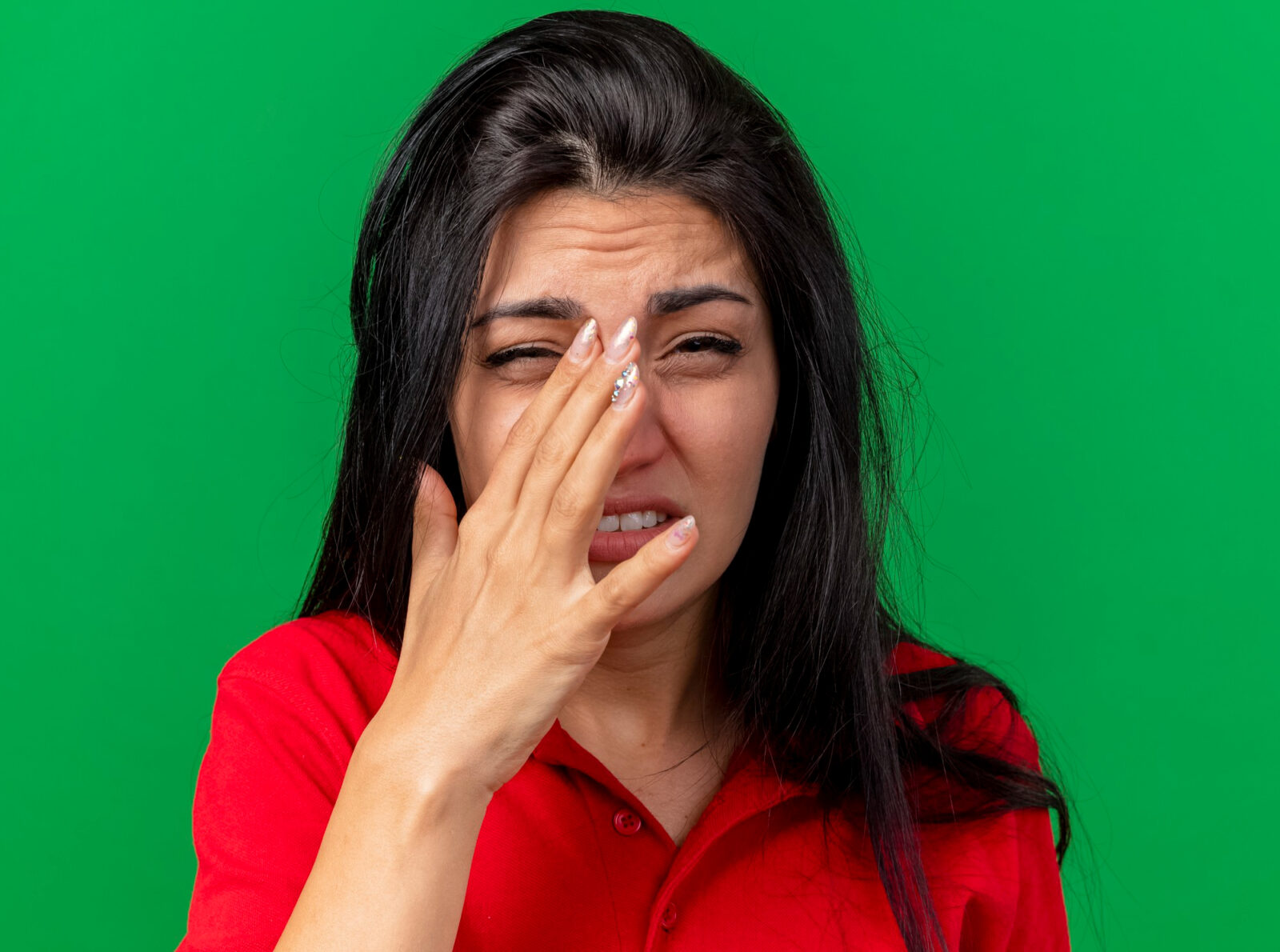
Eyelid twitching, medically termed myokymia, is a prevalent phenomenon that manifests as involuntary contractions of the eyelid muscles. While often benign and self-resolving, it can be a source of annoyance and disruption. We will look into the causes of explores effective treatment options, and equips you with preventative strategies to safeguard against future occurrences.
Unveiling the Culprits: An Exploration of Eyelid Twitching Causes
Eyelid twitching can stem from a multitude of factors, both internal and external. Here’s a breakdown of the common culprits:
- Stress and Fatigue: Our fast-paced lives often lead to chronic stress and sleep deprivation, both of which can wreak havoc on the delicate muscles around the eyes, triggering twitching.
- Eye Strain: Extensive screen time, exposure to bright lights, or uncorrected vision can strain the ocular muscles, leading to eyelid twitches.
- Caffeine and Alcohol: Excessive consumption of stimulants like caffeine and depressants like alcohol can disrupt the nervous system, manifesting as eyelid twitching.
- Dry Eyes: Inadequate tear production or an imbalance in tear composition can cause dry eyes, a condition that frequently presents with eyelid twitching.
- Nutritional Deficiencies: Deficiencies in essential vitamins and minerals, particularly magnesium, can contribute to eyelid twitching.
- Allergies: Seasonal allergies or reactions to irritants can inflame the eyes and surrounding tissues, triggering eyes to twitch.
- Underlying Medical Conditions: In rare instances, eyelid twitching can be a symptom of an underlying neurological condition like Bell’s palsy or Parkinson’s disease.

Restoring Equilibrium: Effective Treatment Options
Fortunately, most cases are temporary and respond well to conservative measures:
- Prioritize Rest: Ensure adequate sleep (7-8 hours per night) to allow your body to rejuvenate and alleviate stress on the eyelids.
- Manage Stress: Implement stress-reduction techniques like yoga, meditation, or deep breathing exercises to promote relaxation and reduce muscle tension.
- Minimize Screen Time: Give your eyes a break from digital screens by employing the 20-20-20 rule: every 20 minutes, look away for 20 seconds at an object 20 feet distant.
- Eyelid Compresses: Apply warm compresses to your eyelids for a few minutes at a time to soothe and relax the muscles.
- Artificial Tears: If dry eyes are the culprit, utilize artificial tears to lubricate the ocular surface and alleviate irritation.
- Dietary Adjustments: Ensure a well-balanced diet rich in vitamins and minerals, particularly magnesium, to support overall health and potentially reduce eyelid twitching.
Proactive Defense: Strategies for Preventing Eyelid Twitching
By incorporating these preventative measures into your daily routine, you can significantly reduce the likelihood of eyelid twitching:
- Maintain a Regular Sleep Schedule: Aim for consistent sleep and wake times to regulate your body’s natural sleep-wake cycle.
- Manage Stress Levels: Prioritize stress management techniques to mitigate the negative effects of chronic stress on your physical and mental well-being.
- Stay Hydrated: Drink sufficient water throughout the day to keep your body and eyes well-hydrated.
- Limit Caffeine and Alcohol: Moderate your intake of stimulants and depressants, as excessive consumption can disrupt the nervous system and contribute to the muscle reaction.
- Create an Eye-Friendly Workspace: Adjust lighting to reduce glare, and position your computer screen at an appropriate distance to minimize eye strain.
- Regular Eye Examinations: Schedule regular eye checkups with your ophthalmologist to ensure healthy vision and detect any underlying conditions.
When to Seek Professional Help
While most cases of eyelid twitching are transient and resolve independently, seeking professional medical advice is crucial in certain scenarios as outlined below:
- Persistent Twitching: If your syndrome persists for more than a few weeks or worsens in severity, consult a doctor to rule out any underlying medical conditions.
- Spasms or Drooping: If the twitching involves your entire eyelid or eyebrow, or if your eyelid starts to droop, seek immediate medical attention.
- Pain or Vision Changes: If your eyelid twitching is accompanied by pain, redness, or vision changes, consult a doctor to determine the cause and receive appropriate treatment.
By comprehending the root causes of eyelid twitching, implementing effective treatment strategies, and adopting preventative measures, you can effectively manage this condition and restore peace of mind to your eyes.
Source:
Eye twitching. (2023, February 11). Mayo Clinic. https://www.mayoclinic.org/symptoms/eye-twitching/basics/causes/sym-20050838


